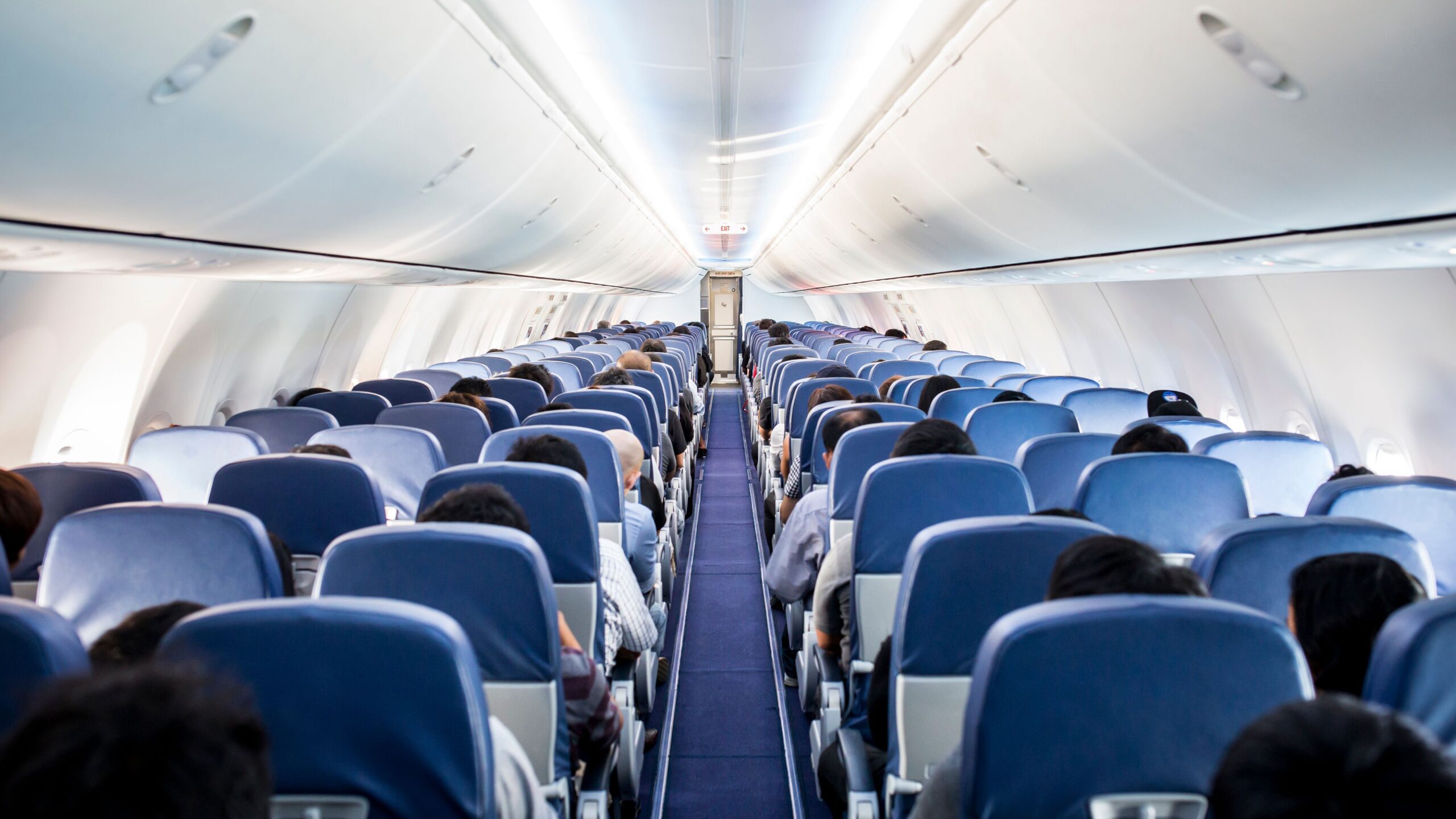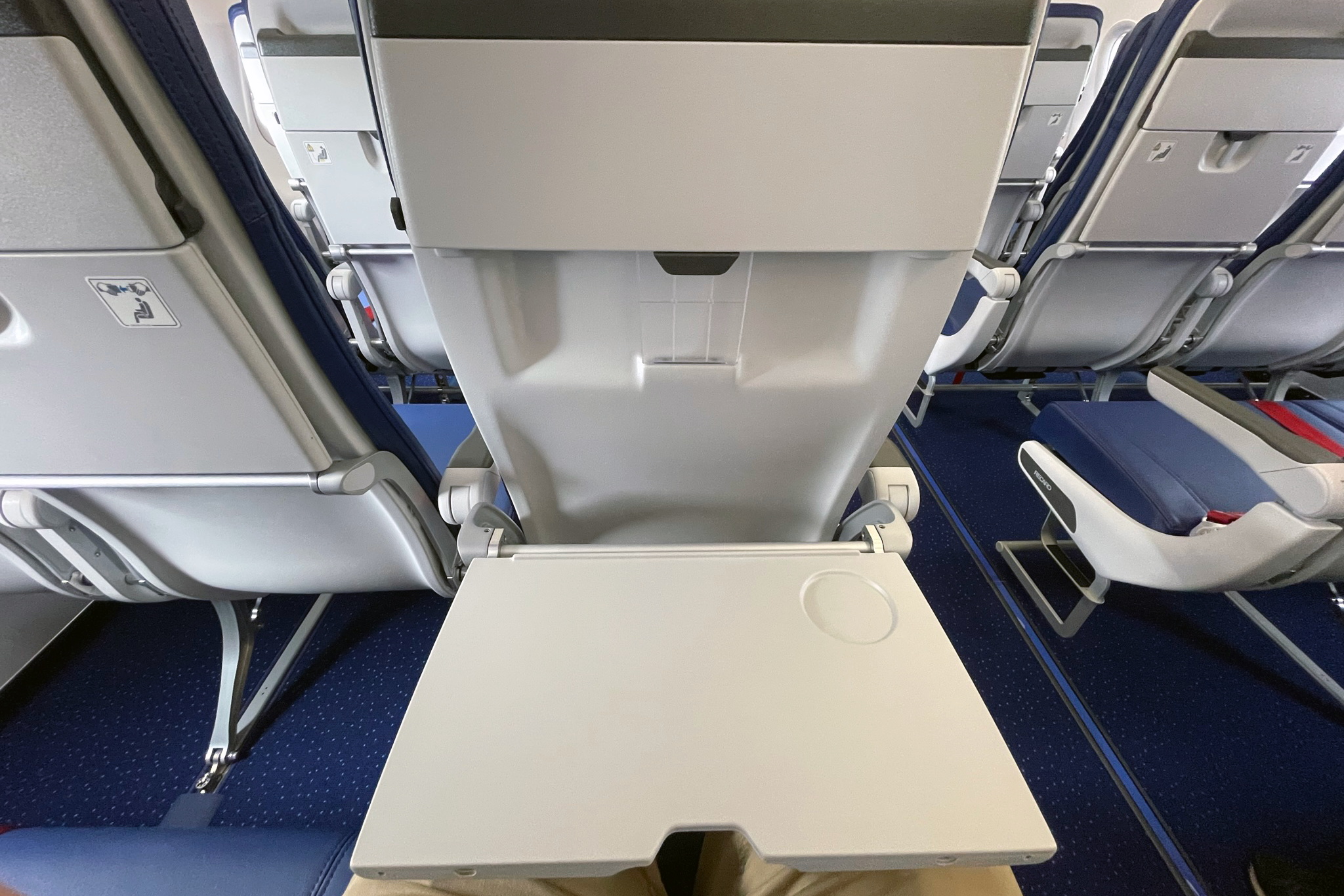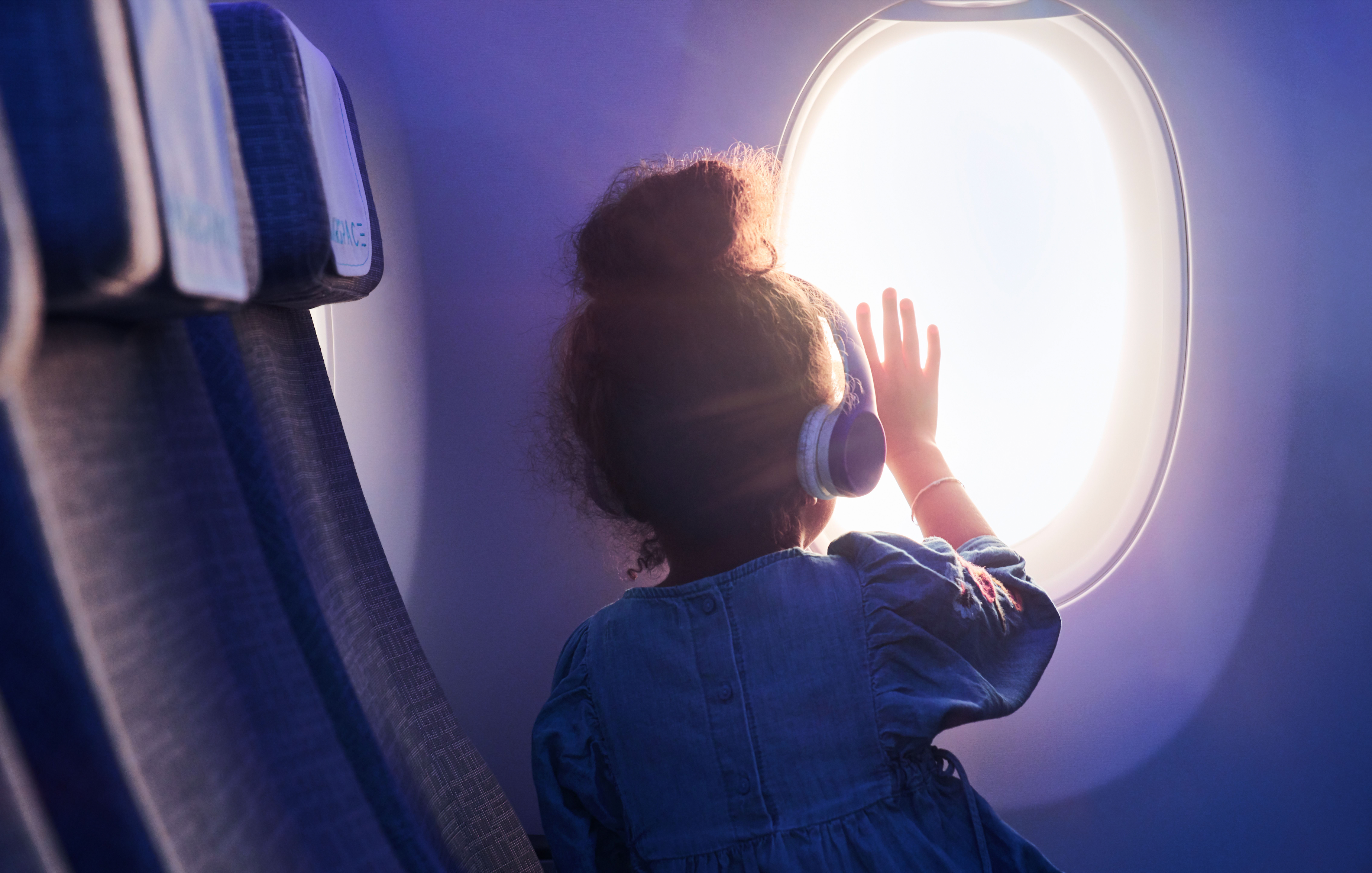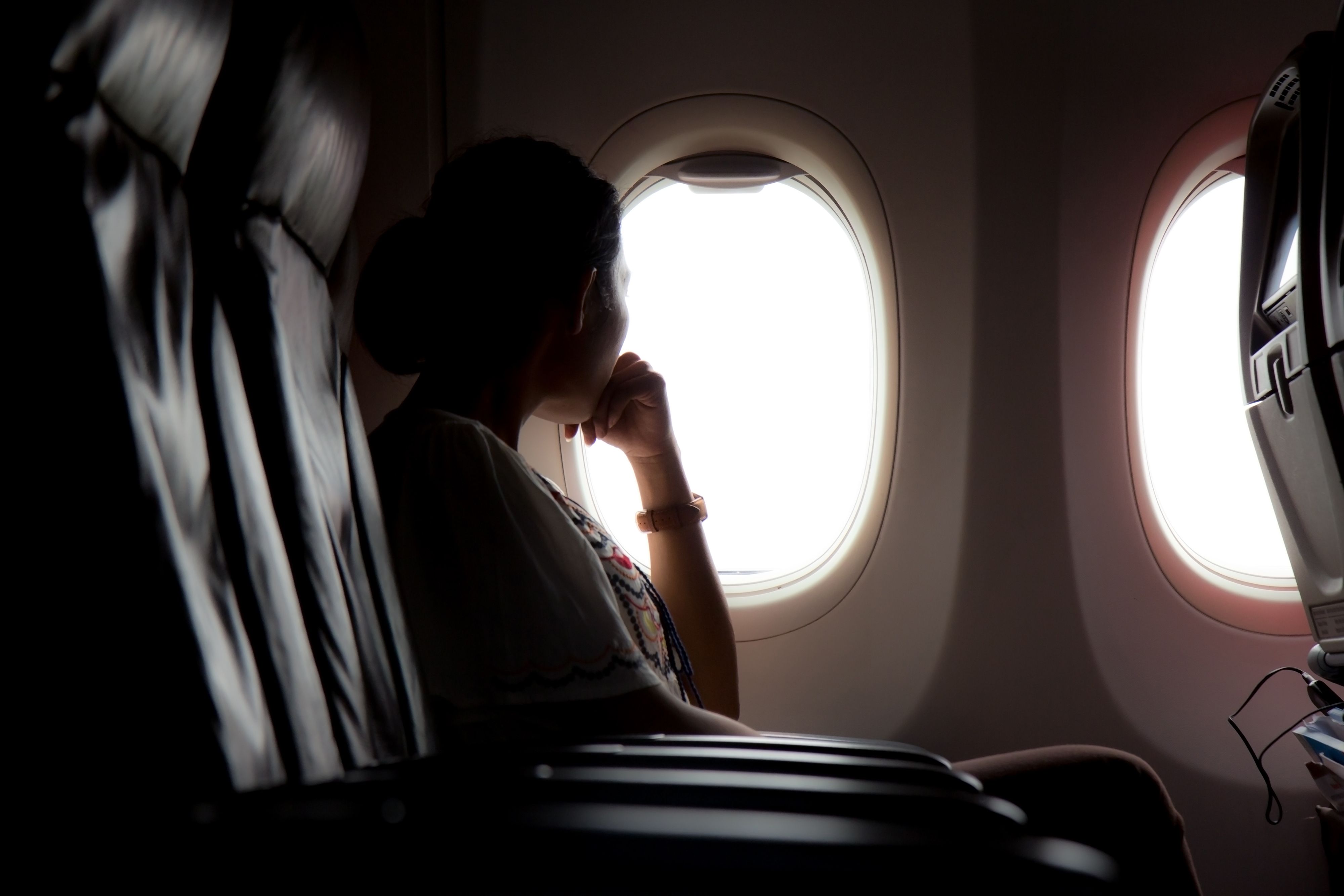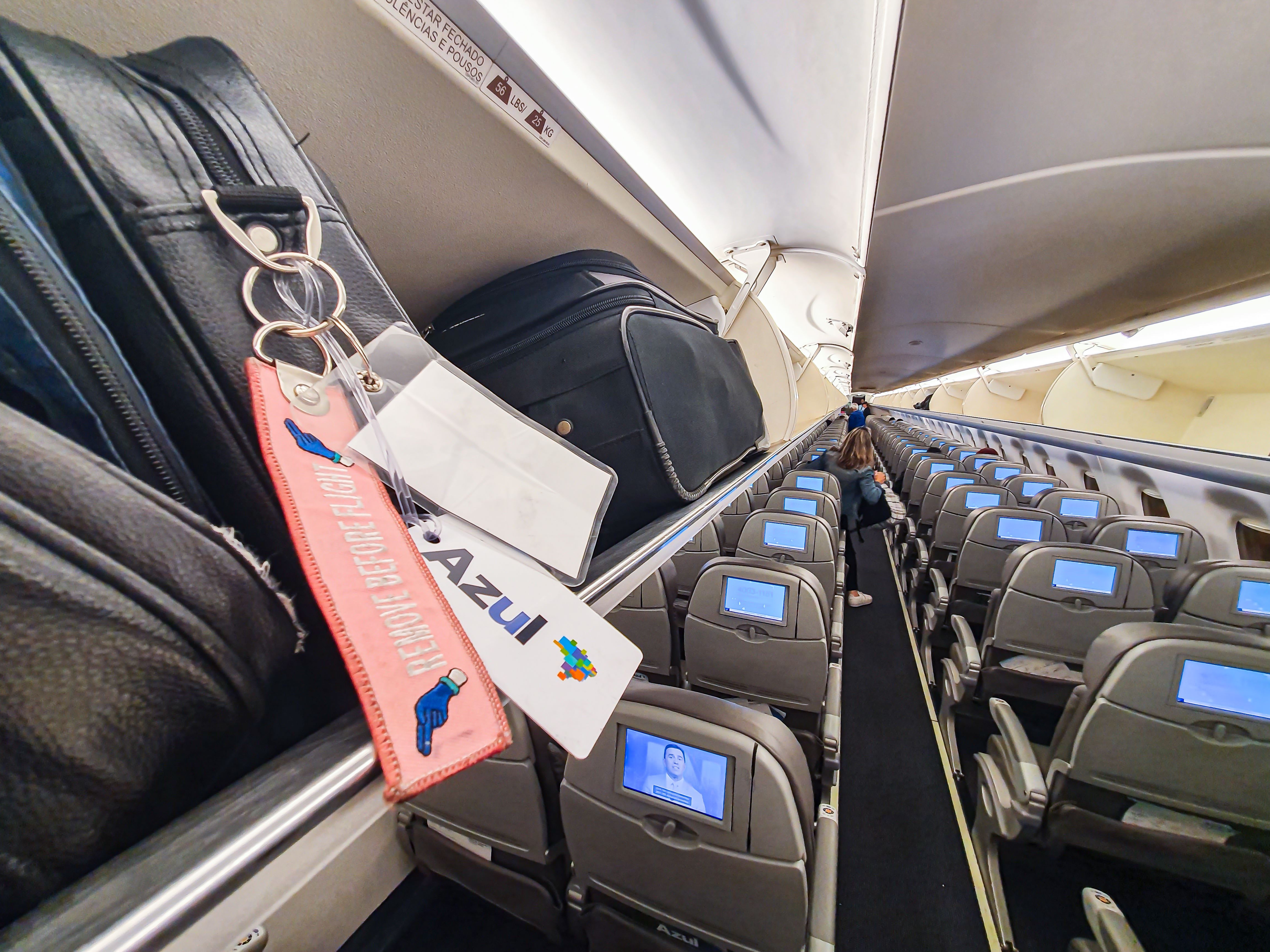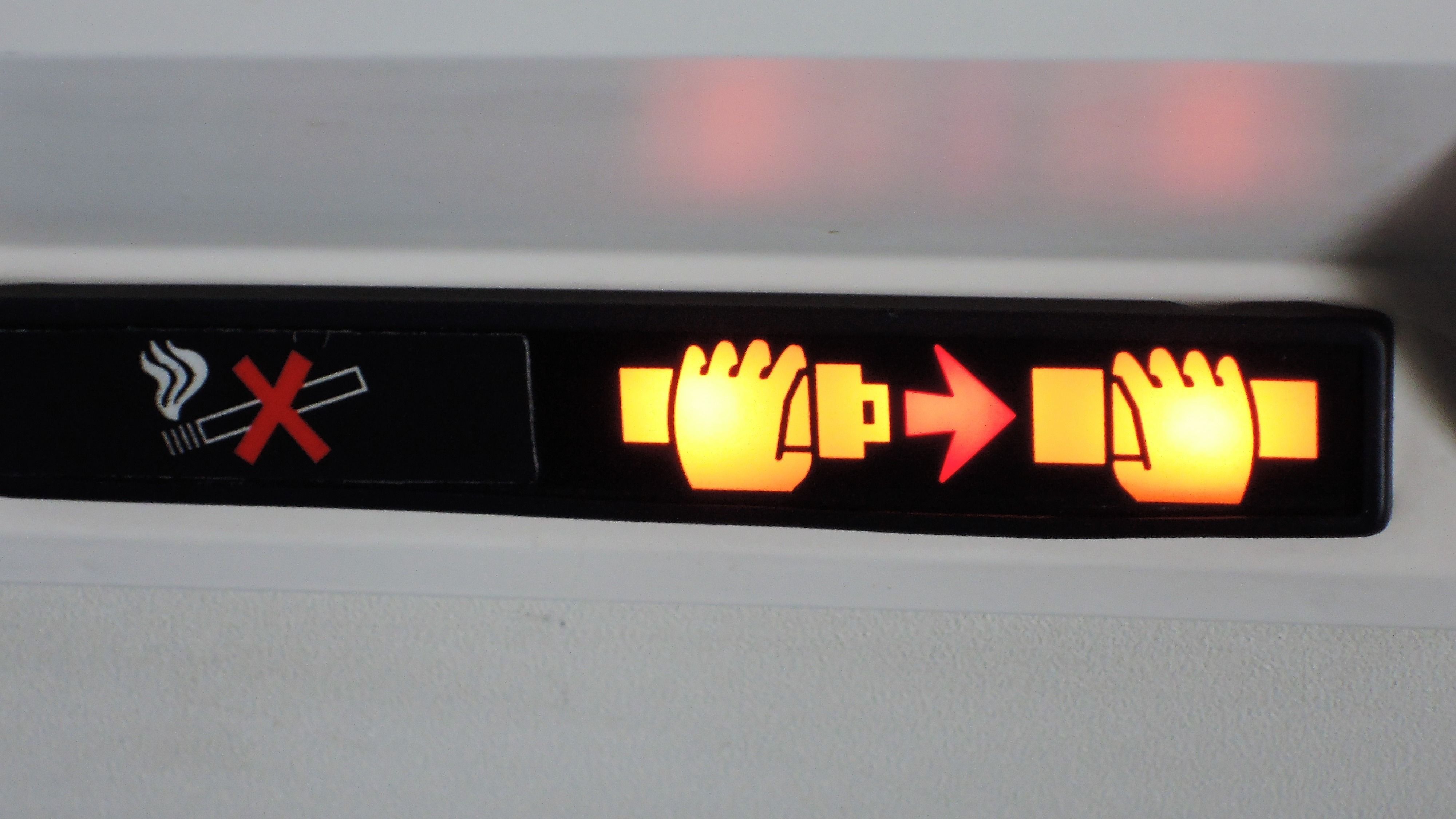Summary
- Keep tray tables up & seat back upright: allows quick evacuation & easy aisle disembarking.
- Headphones off during take-off & landing: crucial to hear emergency instructions clearly.
- Store belongings securely: loose items can be dangerous projectiles during emergencies.
While onboard an aircraft, the cabin crew may provide specific instructions to passengers to ensure the safety of the flight. Keeping the seat upright during takeoff and landing, for example, may come across as inconvenient, but there are essential safety reasons for this. Here, we look at the safety behind the rules and why passengers should comply with themselves and the surrounding passengers.
1
The upright position
Tray tables up and seat back in the upright position
- It is part of the cabin safety demonstration
- Before takeoff
- When preparing for landing
This rule is because if the aircraft has to be evacuated, tray tables can be a significant obstacle when leaving your row and getting into the aisle. In the event of a hard landing, tray tables also prevent passengers from entering the brace position.
Photo: Tom Boon | Simple Flying
Similarly, with all seats upright, getting out of your seat into the aisle is much easier to disembark the aircraft quickly. Those who might covertly recline their seat again after the crew has checked could end up slowing down an evacuation. This is because the person in the seat behind you will have less space to maneuver in an emergency.
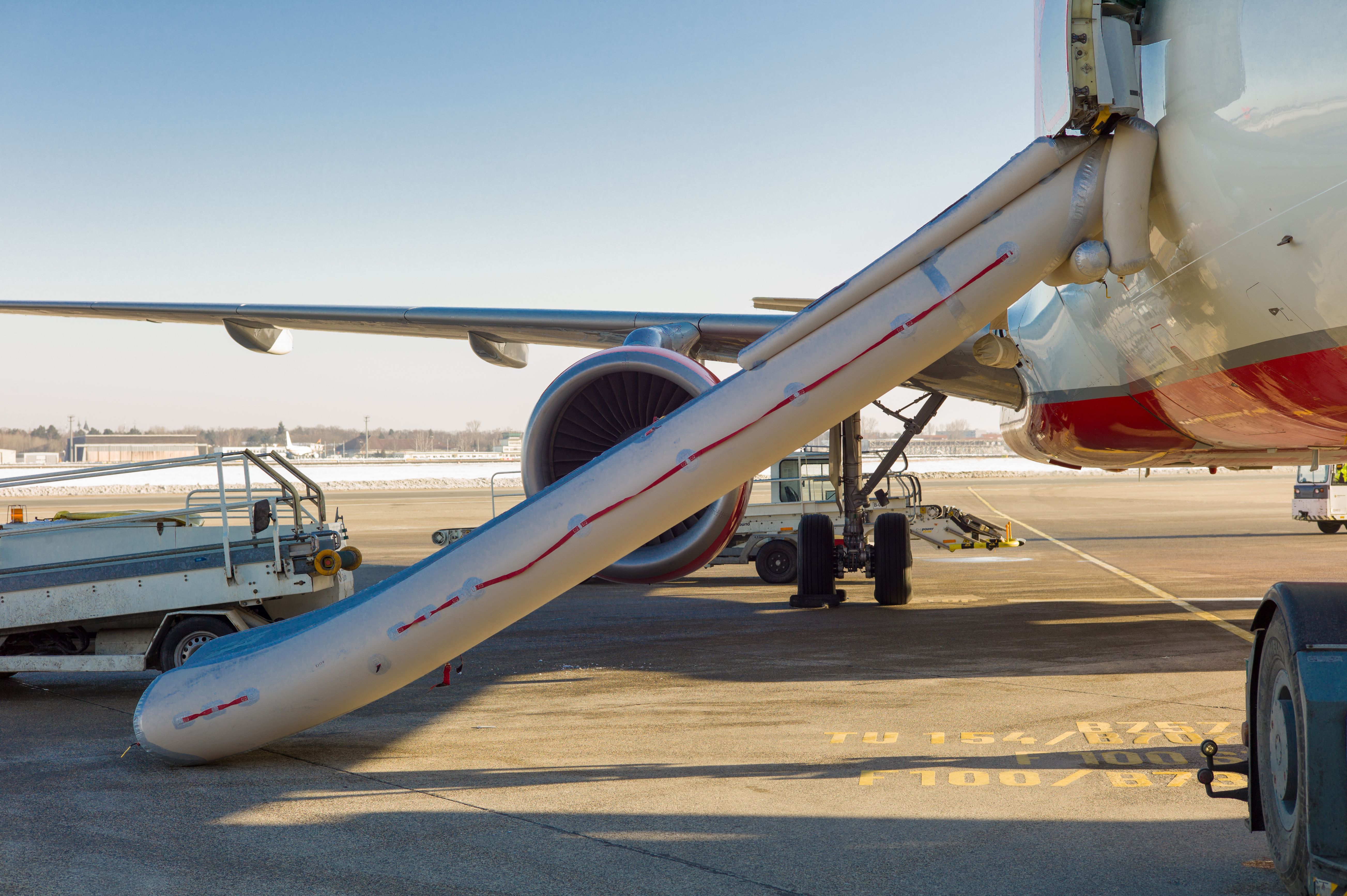
Related
90 Seconds Or Less: Recent Incidents Highlight The Importance Of Timely Aircraft Evacuations
Several incidents in recent days have brought the focus back on the importance of timely aircraft evacuation.
2
Headphones off
An emergency situation may occur during taxi, takeoff, or landing
Although many are eager to watch the latest movie or listen to relaxing music to forget about the flight, passengers are generally requested to wait until after take-off to use their headsets. If an emergency situation occurs during taxi, take-off, or landing, passengers need to hear announcements or commands from the cabin crew as clearly as possible.
Photo: Airbus
Some airlines are stricter than others on this. Sometimes, passengers are simply asked to remove their headphones, while with other carriers, the crew goes around the cabin collecting airline-issued headphones before landing checks.
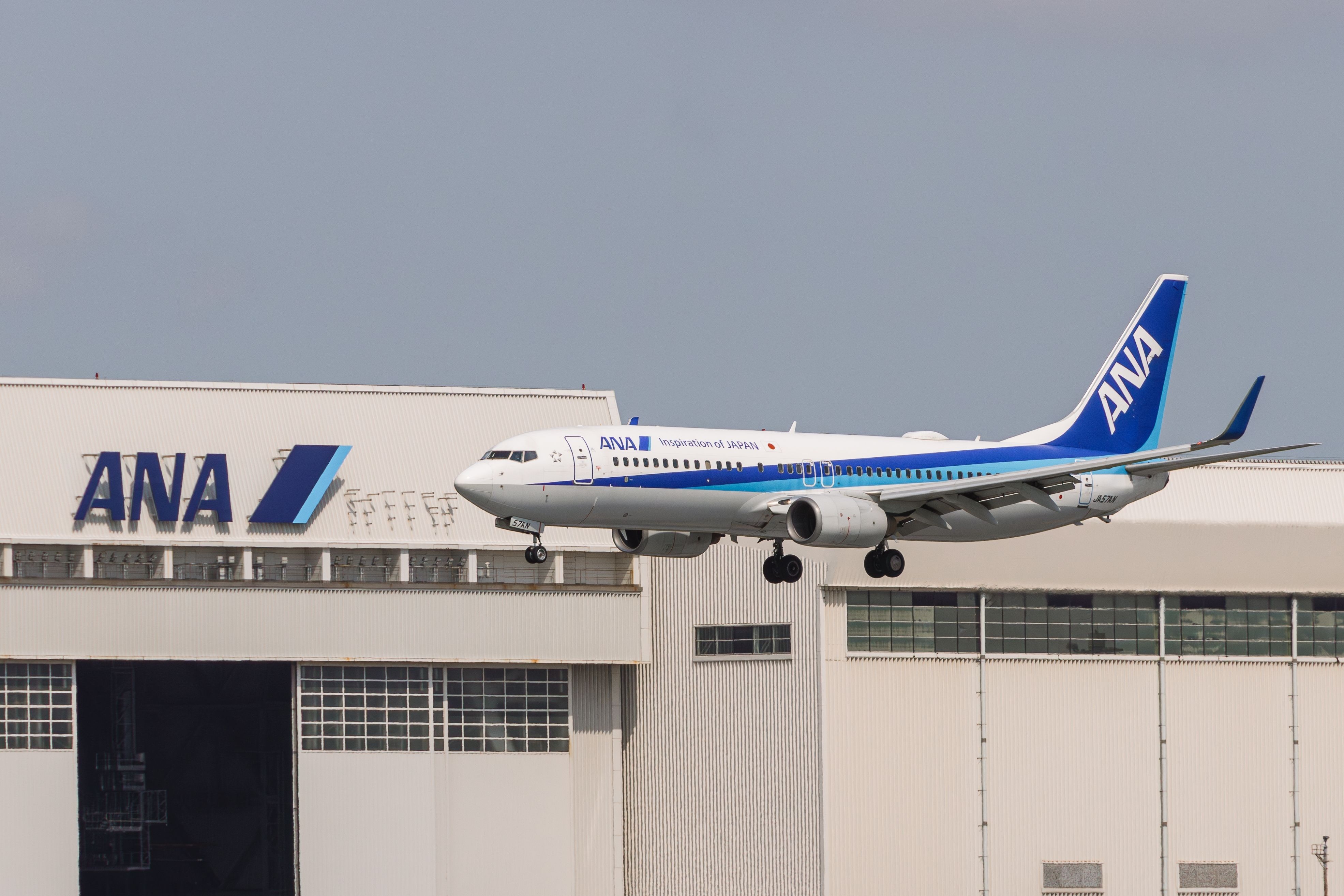
Related
ANA Boeing 737 Initiates Emergency Descent Following Loss Of Cabin Pressure
Japanese officials classified the incident as ‘serious’ and have launched an investigation.
3
Window blinds
Generally remain open during takeoff and landing
- Flight safety
- Vision adjustment for passengers
- A direct line of sight in case of an emergency
The sunlight might be in the passengers’ eyes, or they may want to sleep, but if the cabin crew asks them to open the window blinds before takeoff and landing, it’s for good reason. It not only allows the passengers to adjust their vision to the outside light (again, in case of an emergency evacuation, so they can see as clearly as possible) but also allows the cabin crew to see conditions outside the aircraft.
Photo: Milkovasa | Shutterstock
For example, they may be able to assess weather conditions, distance to landing, or see if there is an engine fire. Additionally, it can enable emergency services to get a better look inside the cabin from the outside, potentially aiding efforts to rescue passengers or locate the center of a fire.
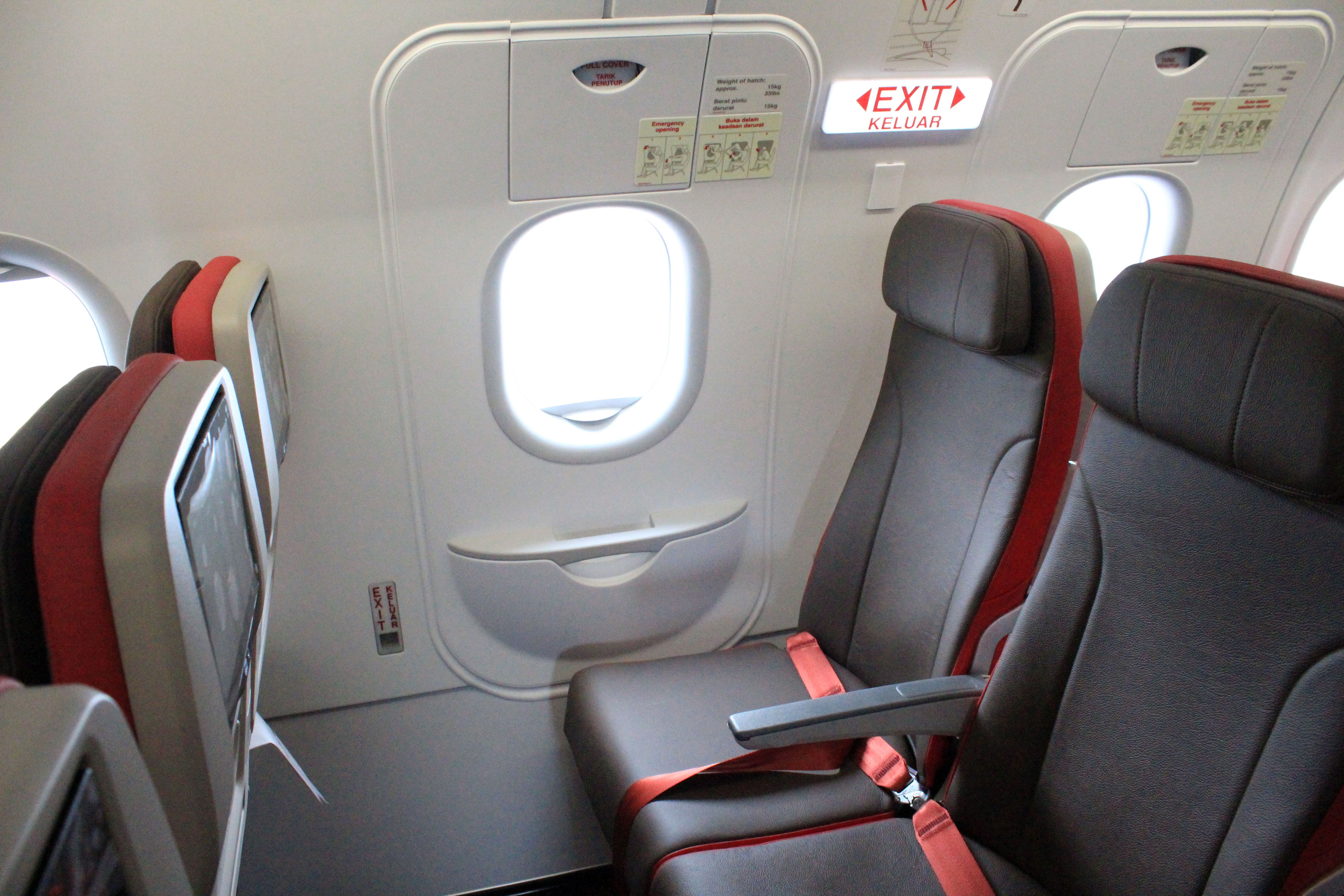
Related
Why Window Shades Are Upside Down In Exit Rows
Do you know the reason for this design quirk?
4
Store belongings away
Ensure that the overhead bin is securely locked
Loose items may become projectiles in the event of:
- A turbulent situation
- A crash landing
- An emergency stop
- Other severe disruption
During the safety check, passengers may be asked to put their bags under the seat in front or in the overhead storage. This is because take-off and landing are done at speeds of around 250 km/h (150 mph), which is pretty darn fast!
If an emergency does happen and the plane needs to be evacuated quickly, keeping rows and aisles clear of obstacles is crucial. An aisle full of loose belongings can significantly slow down the movement of passengers off the aircraft, potentially costing lives.
Photo: Antonio Salaverry | Shutterstock
Another related point is the need for passengers to leave their belongings behind in the event of an evacuation. The recent Japan Airlines Flight 516 accident showed how important this is. All 367 passengers could get off the plane safely, as they were said to have heeded this advice strictly.
This starkly contrasts with several other accidents where this advice wasn’t listened to, such as the Aeroflot Flight 1942 accident in 2019. Forty-one of the plane’s 78 occupants perished in the ensuing fire, with fatalities higher than they should have been as many passengers at the front of the plane stopped to collect their belongings, holding up the evacuation.
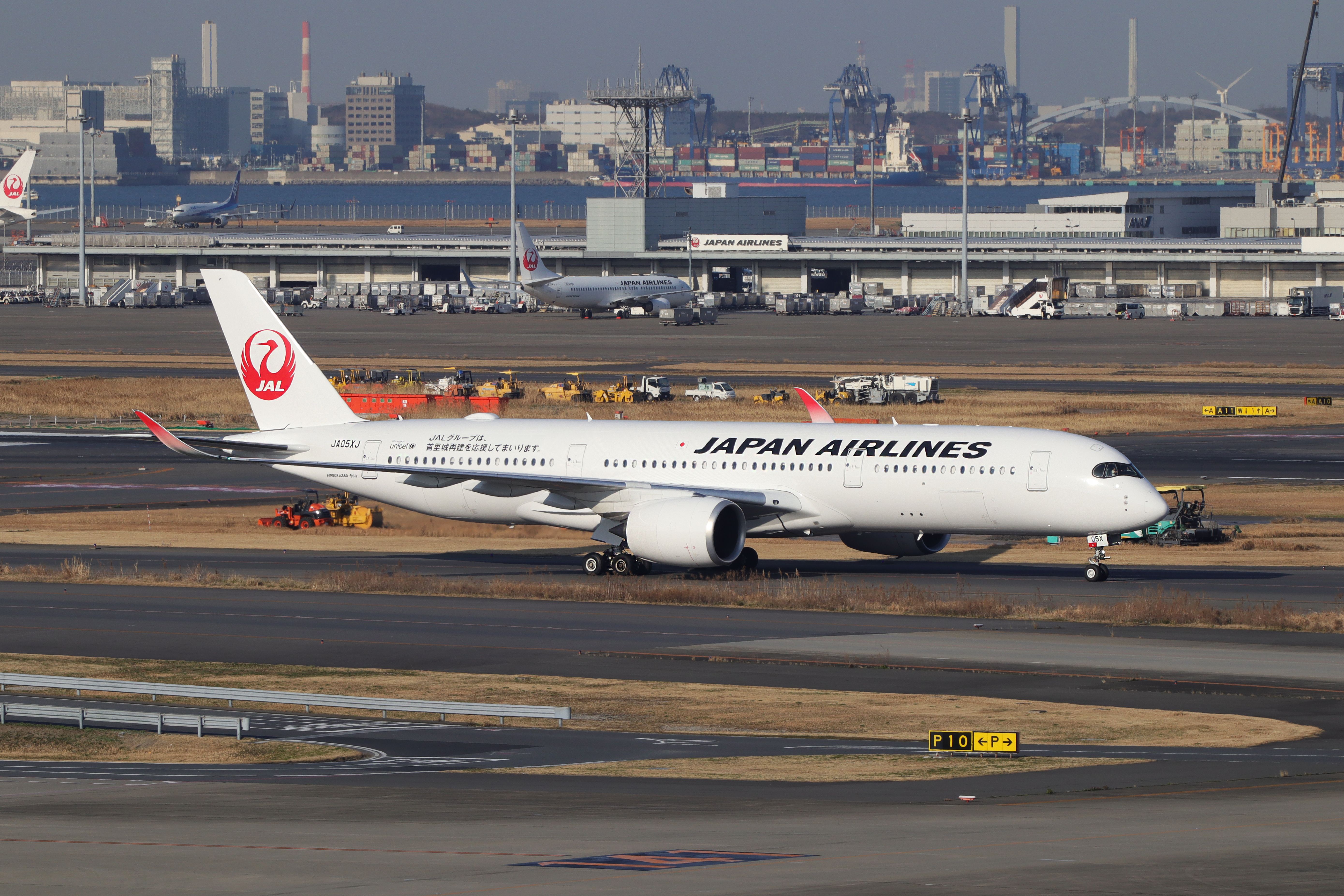
Related
Not Just Servers: JL516 Was The Perfect Demonstration Of How Crucial Cabin Crew Are
Through thorough training, pilots and cabin crew evacuated all passengers safely off the JAL aircraft.
5
Seat belt sign
Make the seatbelt your friend!
- Ensure your seatbelt is fastened while sitting, even when the seatbelt sign is off.
- The seatbelt doesn’t have to be too tight, just enough to hold you in position in case of severe turbulence.
- Go back to your seat as soon as the seatbelt sign is on.
Ignore the seat belt sign at your peril! It means standing, walking around, going to the lavatory, or sitting without the seat belt fastening is no longer safe. There may be turbulence during the flight, and you don’t want to hit the roof or clatter into fellow passengers. In severe turbulence, the passengers who aren’t buckled up or standing in the aisles suffer the worst injuries.
If you’ve kept up with Simple Flying’s coverage over the years, you’ll know this can mean hospitalization in severe instances of turbulence. When the aircraft has landed, just because the aircraft is now on the ground doesn’t mean it’s immediately safe to remove your luggage from the overhead locker or let a child out of their seat into the aisle—taxiing can still be a dangerous time, so stay buckled up.
Photo: Jim Lambert I Shutterstock
Before landing, cabin crew must check that the cabin is as safe as possible before reporting to the senior crew member and the captain that the cabin is secure. They will scan their area and check that tray tables are up, seat backs are upright, seat belts are on, and any cabin baggage is safely stowed away. This is necessary to ensure that passengers have the best chance of evacuating the aircraft as quickly as possible in the event of an emergency on landing.
So, although, as a passenger, these things may seem annoying or trivial during the flight, the cabin crew are doing what they can to protect you in an emergency. When the time comes for emergency procedures to be implemented, everyone is far better prepared to get off the plane quickly and safely, thanks to these cabin safety practices.
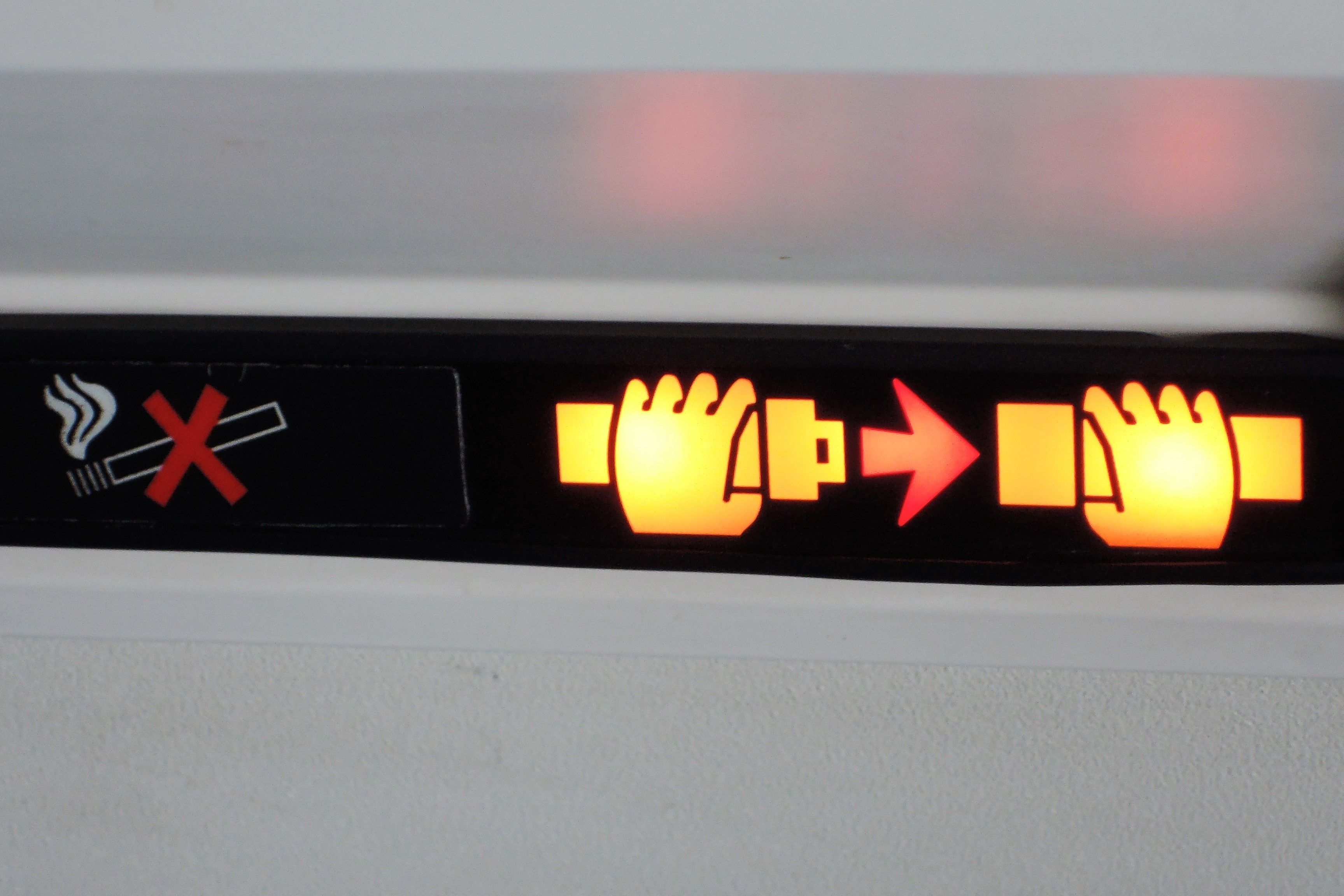
Related
How Do Pilots Determine If the Seatbelt Sign Should Be On?
When and why the most iconic sign in the cabin is illuminated.

